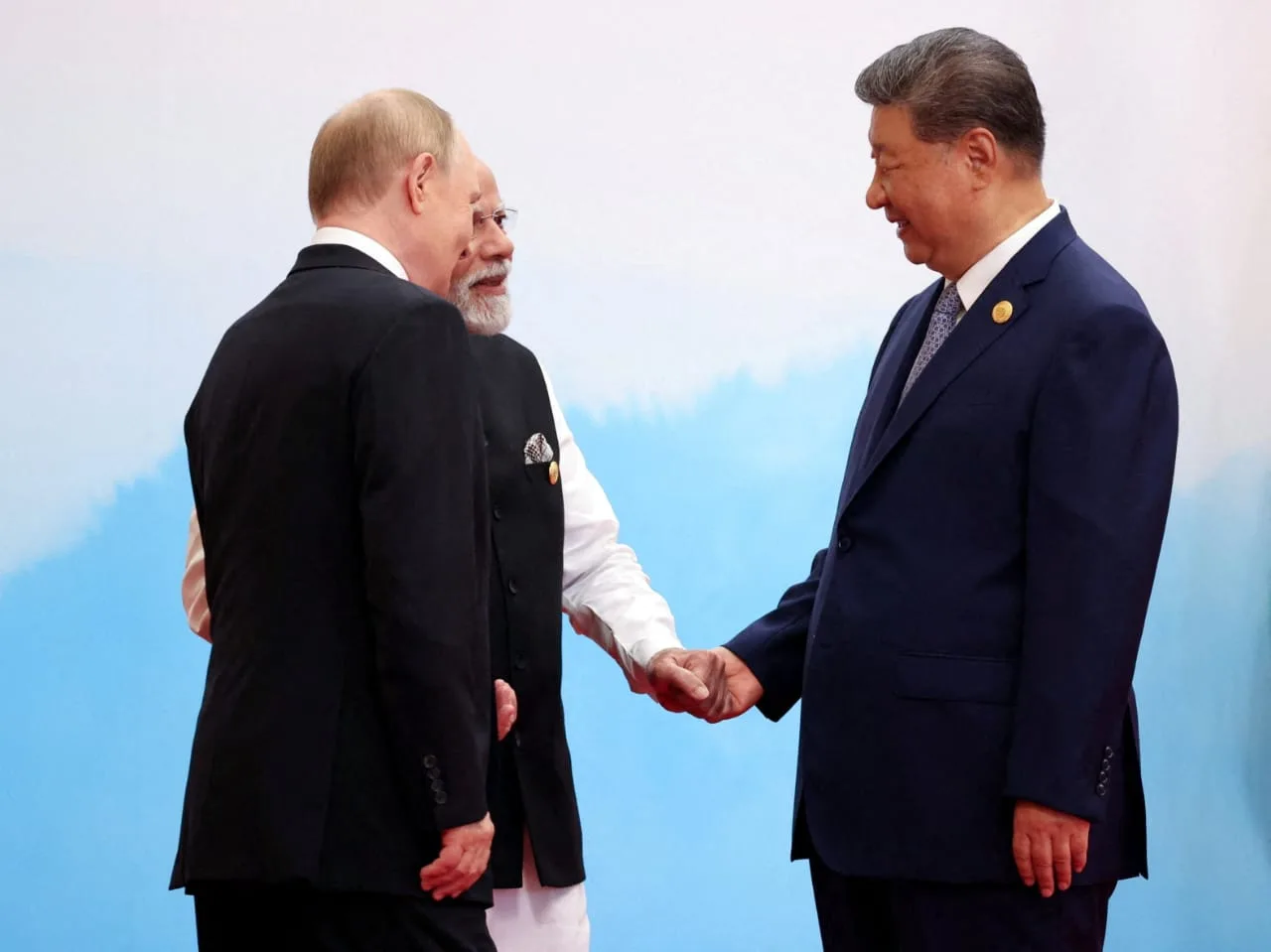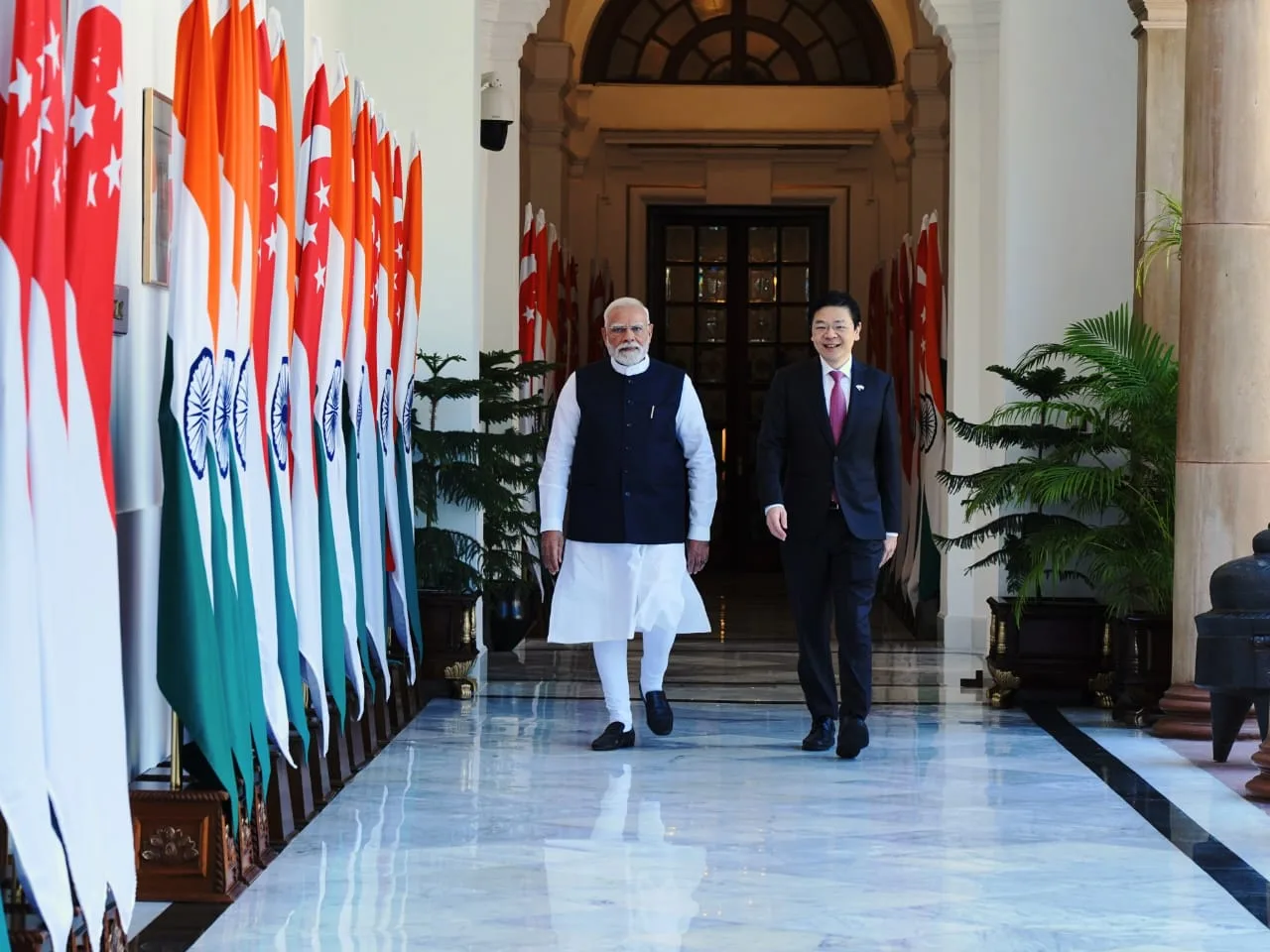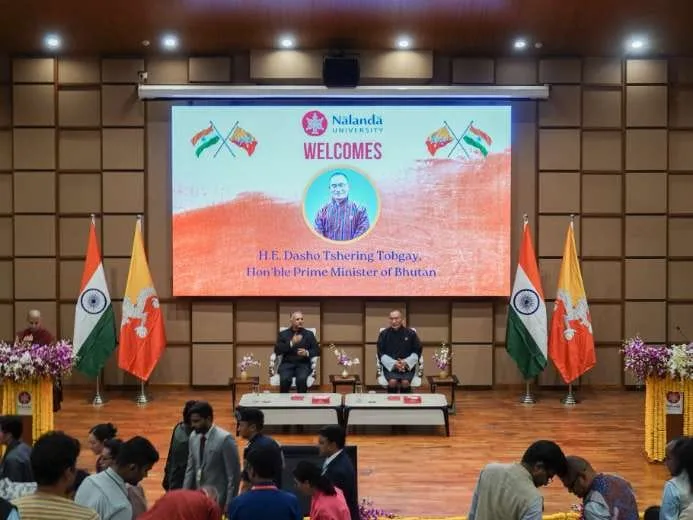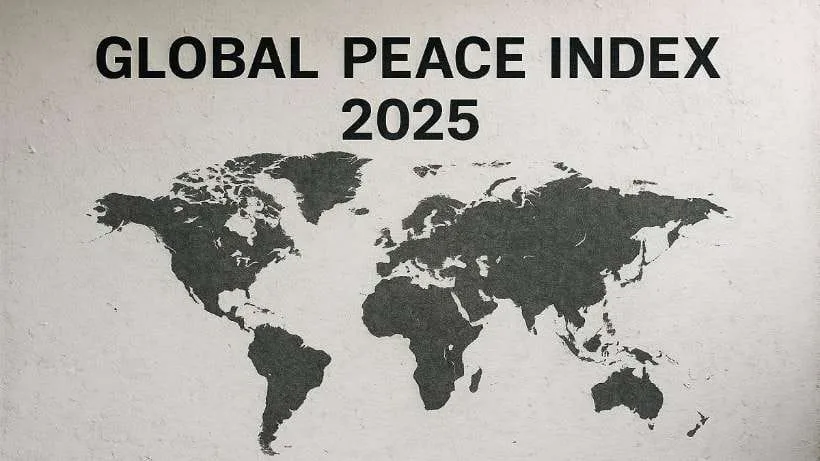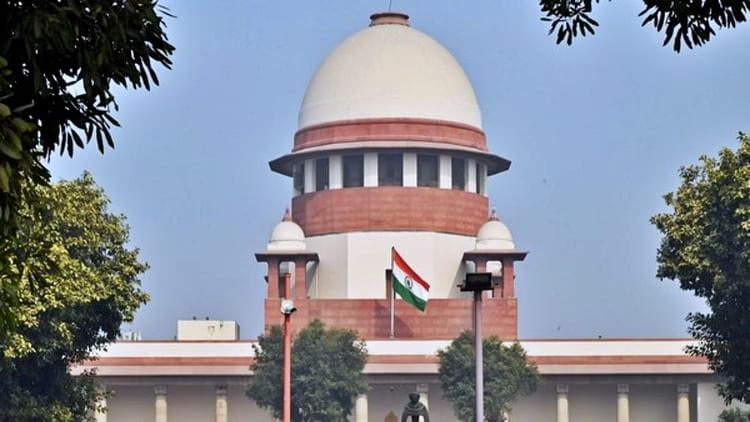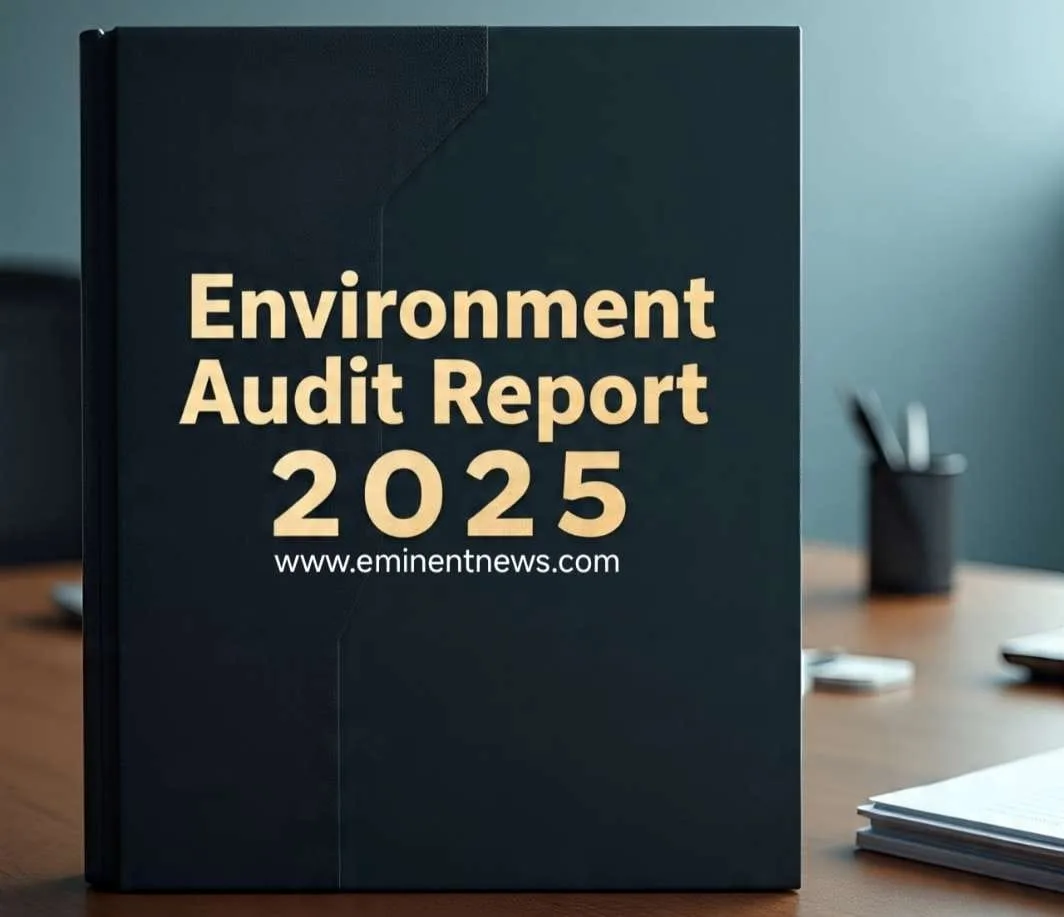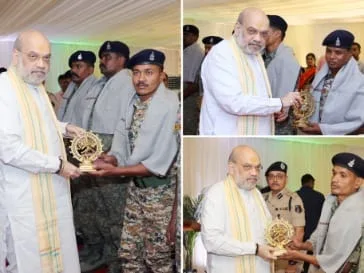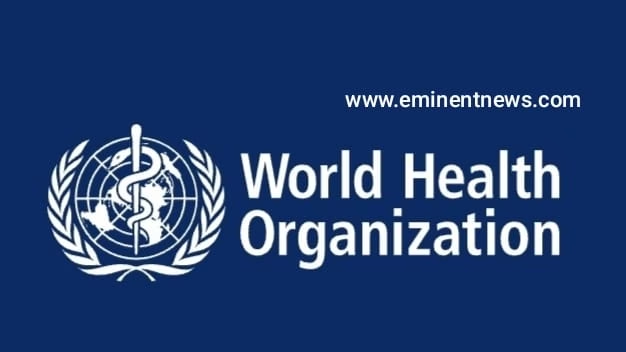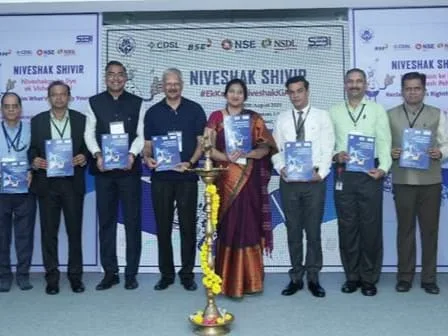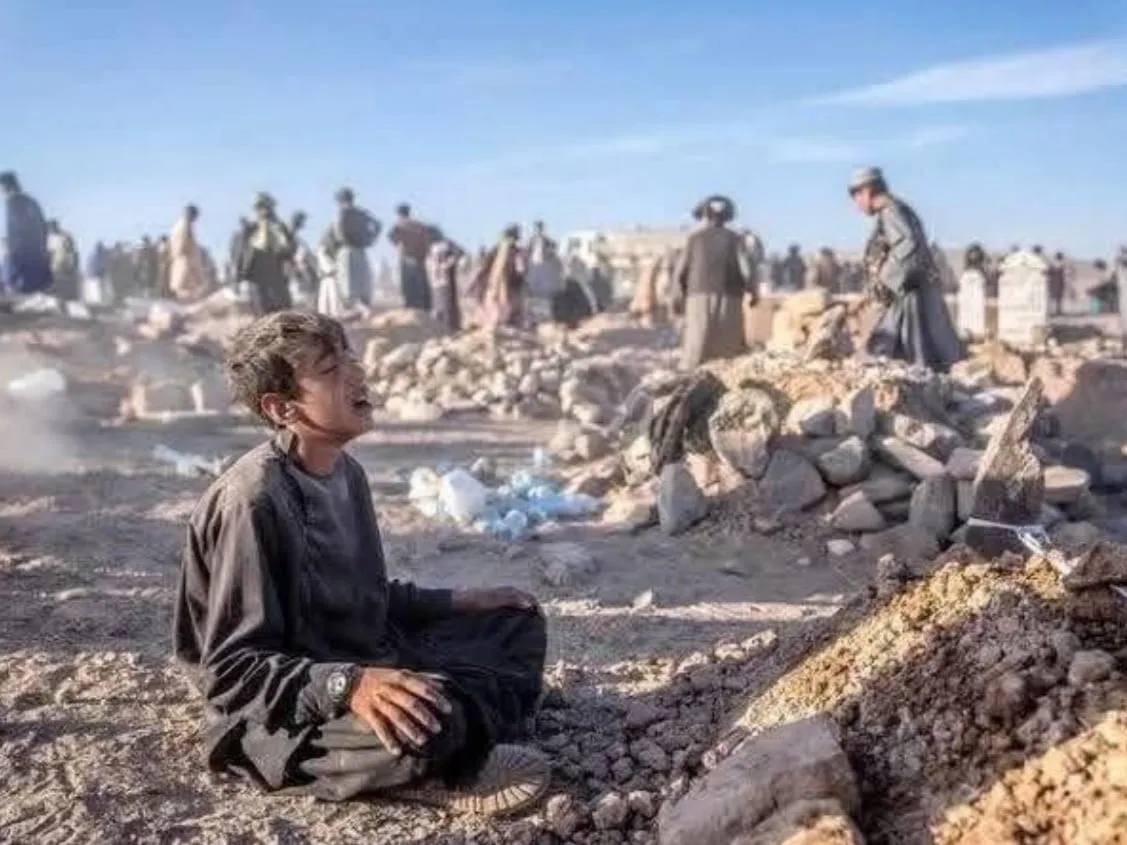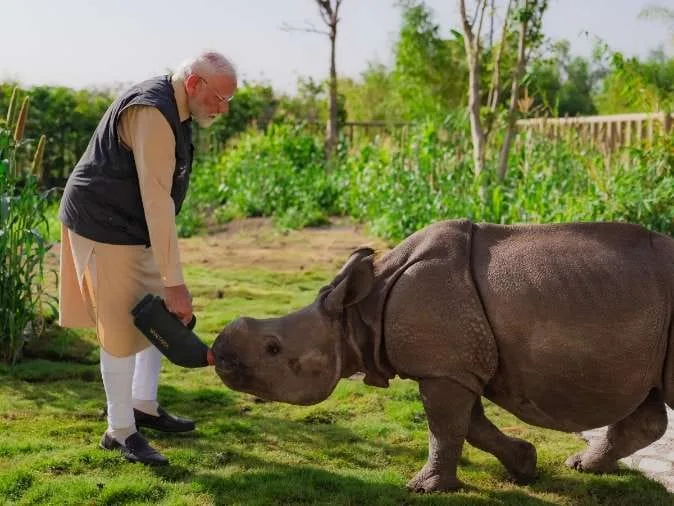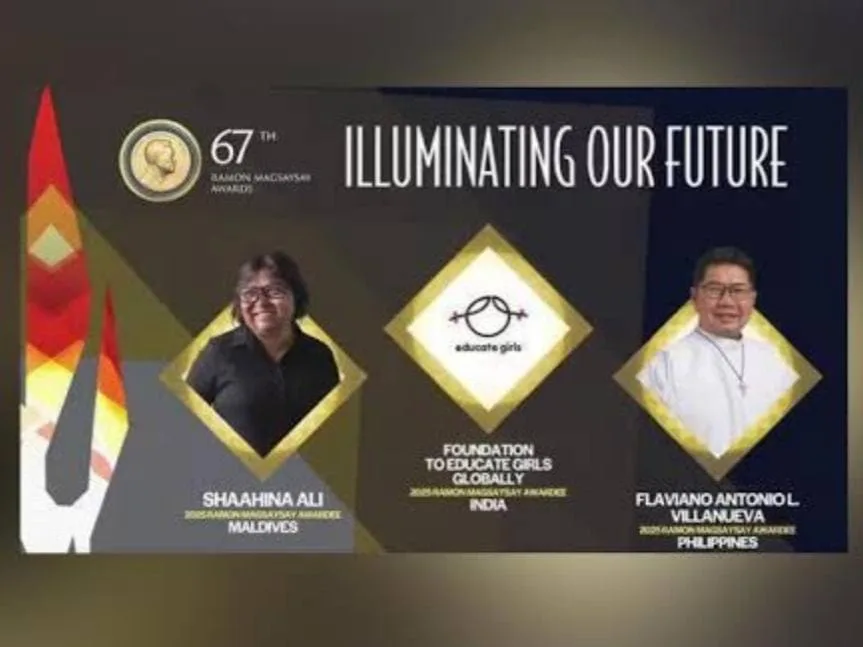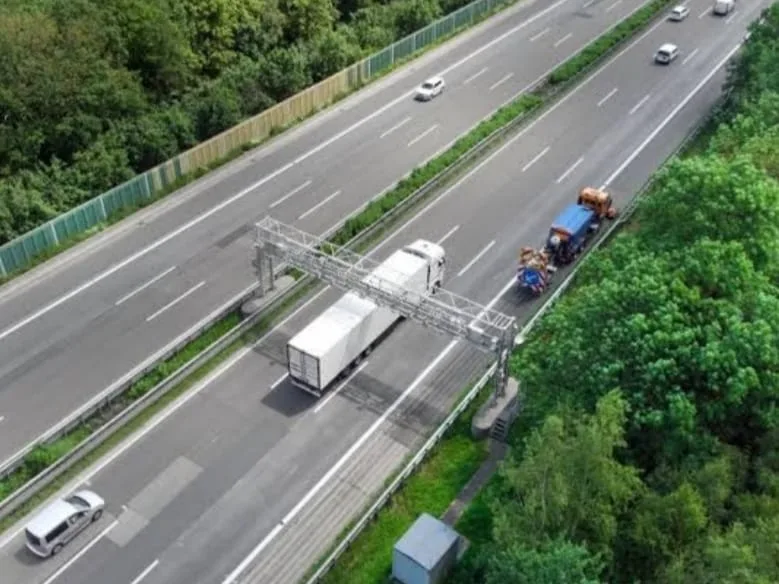The SCO Summit 2025 in Tianjin was a significant event for cooperation in Eurasia and indicated a change in global governance. It featured high-level attendance, strategic agreements, new institutional ideas and internal challenges that will influence the organization’s future.
Key Outcomes and Agreements
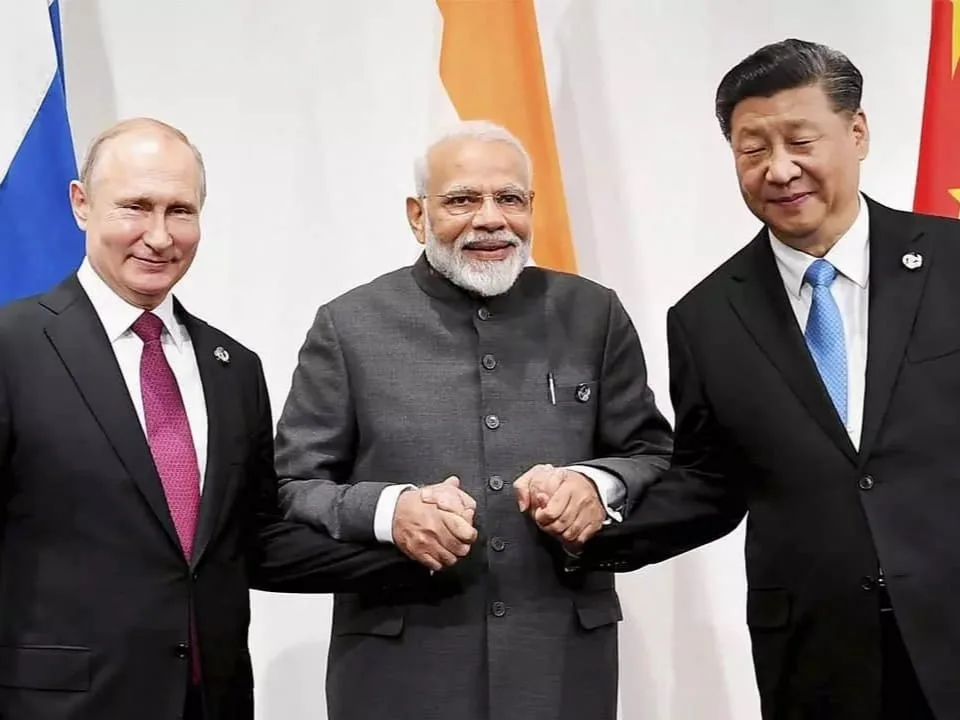
- The summit ended with the signing of the Tianjin Declaration and the approval of a Development Strategy extending to 2035. This strategy outlines long-term goals for economic integration, trade facilitation and investment among member countries
- A New SCO Development Bank was proposed to finance infrastructure and social projects. China promised substantial financial support with a goal of reducing reliance on Western financial systems.
- Member states adopted a Roadmap for Energy Cooperation through 2030. This plan supports stable energy supply chains and a fair energy transition while highlighting sustainable energy and renewables.
- The summit also backed expanded cooperation platforms for technology, AI governance, green industry, and vocational training. New centers will focus on security, fighting transnational crime, cyber safety and anti-drug initiatives.
Participation and Agenda
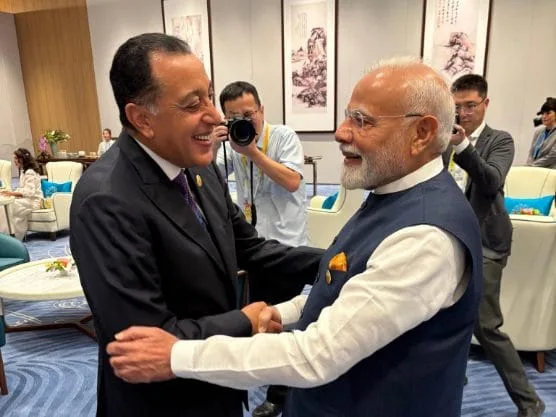
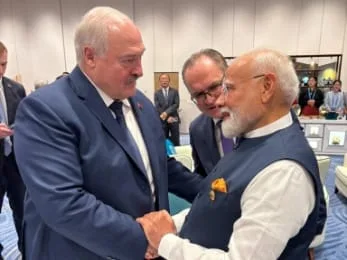
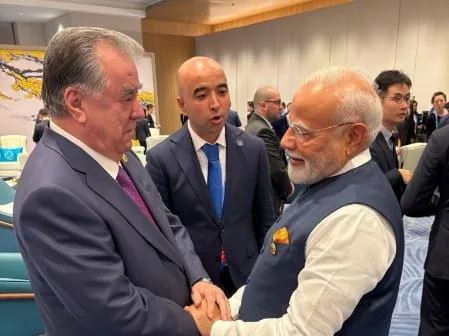
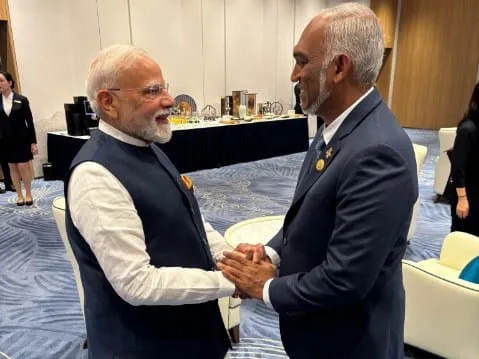
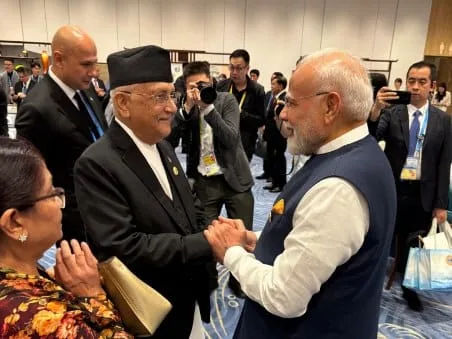
- Leaders from major Eurasian countries attended, including China (Xi Jinping), Russia (Vladimir Putin), India (Narendra Modi), Iran, Pakistan, Belarus, Central Asian nations and observer/partner countries like Turkey, Egypt and the UN Secretary-General.
- The summit’s theme was “Upholding the Shanghai Spirit: SCO on the Move ” which stressed multipolar cooperation and regional stability.
- The agenda focused on fighting terrorism, separatism and extremism. It aimed to boost economic and technological integration, promote connectivity projects like the Chabahar Port and the North-South Transport Corridor and support cultural exchange and connections between people.
Strategic and Geopolitical Significance
- The SCO reaffirmed its position as a strategic counterbalance to Western-led organizations. It pushed back against U.S. global dominance while advocating for a fairer international governance system
- India and China used the summit for important bilateral talks, working to revive flights, increase trade and resolve border and connectivity issues.
- The organization expanded by combining observer and dialogue partner groups. Laos joined as a partner, bringing the total number of SCO nations to 27 which includes 10 members and 17 partners.
Challenges and Criticism
- Ongoing challenges include conflicting national interests, bilateral disputes, uneven trade especially China’s leading role and the difficulty of reaching consensus on decisions.
- There are calls for structural reform to create more effective and representative institutions that can coordinate efforts against terrorism, organized crime and cyber threats.
India’s Role and Vision
- Prime Minister Modi outlined India’s vision for the SCO based on three pillars: Security, Connectivity, and Opportunity.
- India stressed the importance of collective action against terrorism and radicalization. It also called for accountability for cross-border terrorism and support for connectivity and innovation projects.
- India advocated for global institutional reforms, including changes at the UN, signaling a push for a more inclusive world order.
Implications for Global Order
- The 2025 summit illustrates the SCO’s growing significance in shaping Eurasian politics. It offers alternatives to Western models of integration and aid while accelerating the transition toward a multipolar world
- New institutional ideas, such as the development bank and technology platforms, aim to disrupt established global structures and promote regional self-reliance. visit here
The summit outlined bold institutional and policy directions but achieving its ambitious goals will require navigating complex internal dynamics and geopolitical rivalries. for more World News link yourself here

